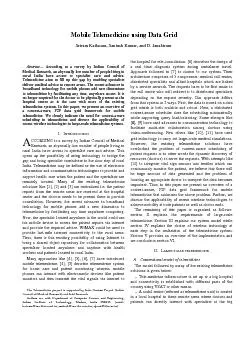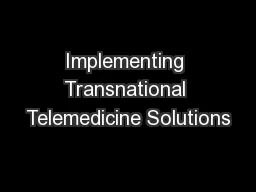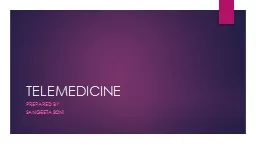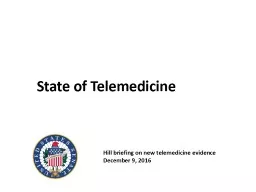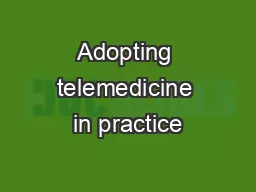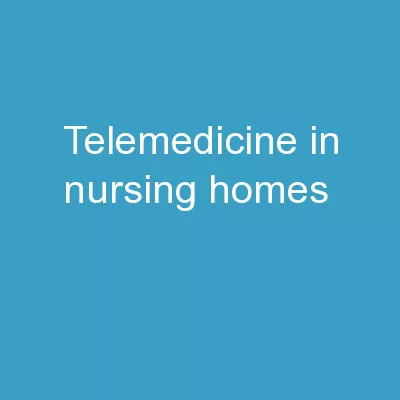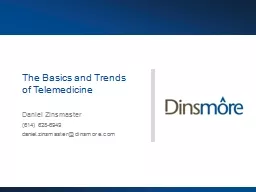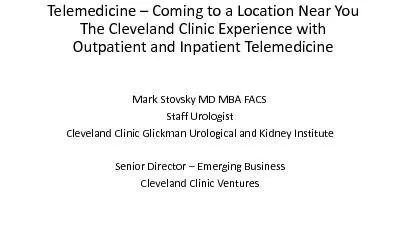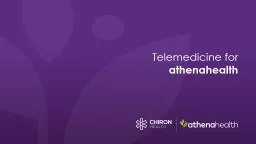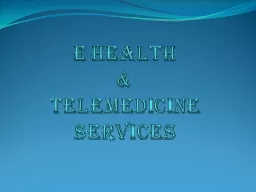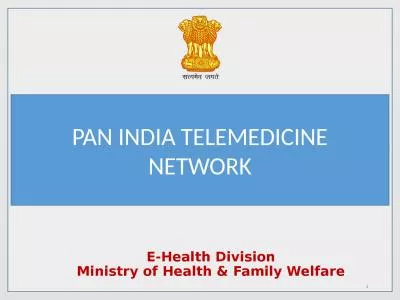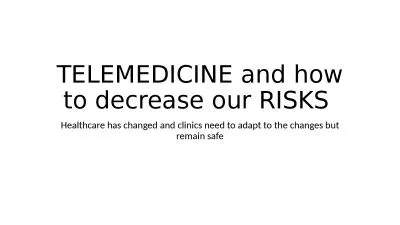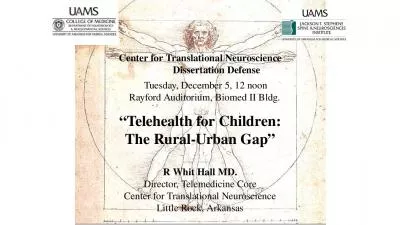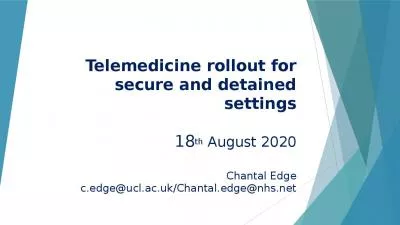PDF-Mobile Telemedicine using Data Grid
Author : trish-goza | Published Date : 2016-02-22
Sriram Kailasam Santosh Kumar and D Janakiram Abstract151 According to a survey by Indian Council of Medical Research an abysmally low number of people living in
Presentation Embed Code
Download Presentation
Download Presentation The PPT/PDF document "Mobile Telemedicine using Data Grid" is the property of its rightful owner. Permission is granted to download and print the materials on this website for personal, non-commercial use only, and to display it on your personal computer provided you do not modify the materials and that you retain all copyright notices contained in the materials. By downloading content from our website, you accept the terms of this agreement.
Mobile Telemedicine using Data Grid: Transcript
Download Rules Of Document
"Mobile Telemedicine using Data Grid"The content belongs to its owner. You may download and print it for personal use, without modification, and keep all copyright notices. By downloading, you agree to these terms.
Related Documents

